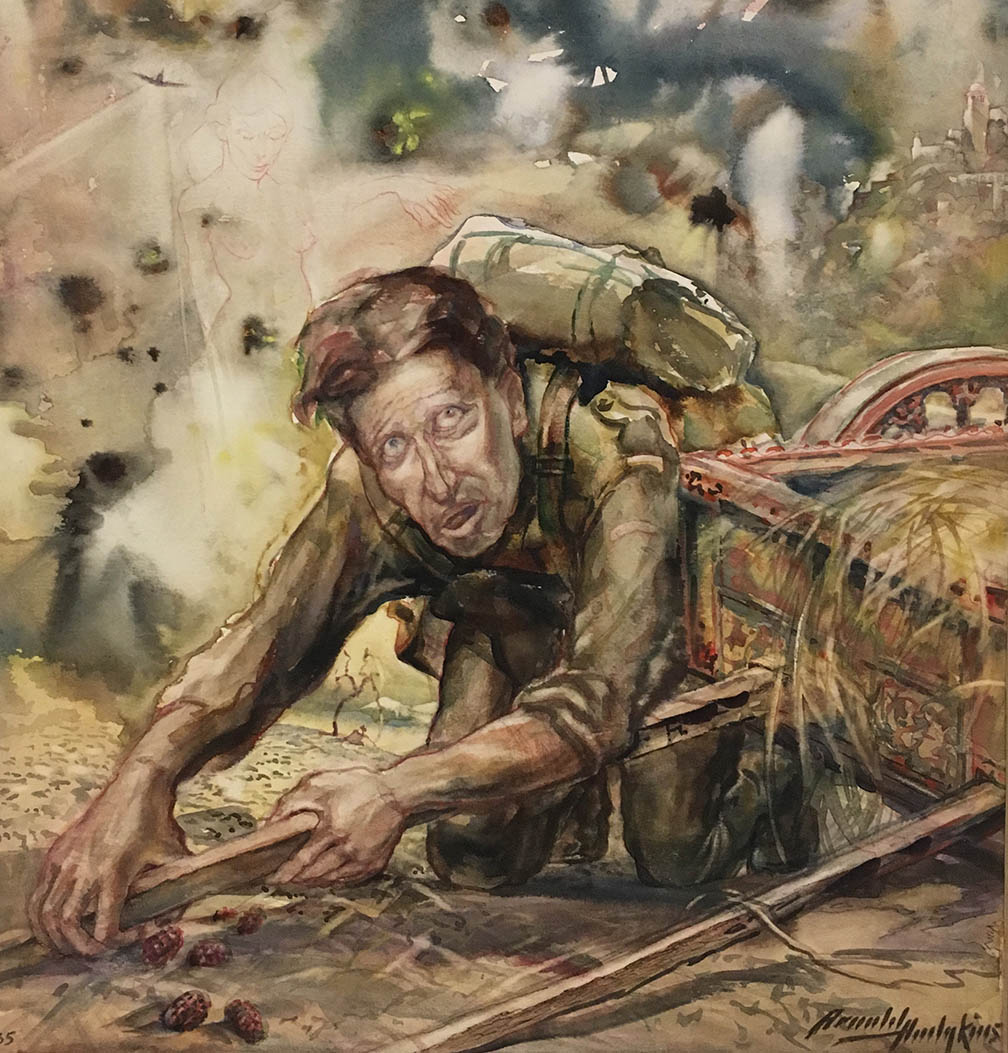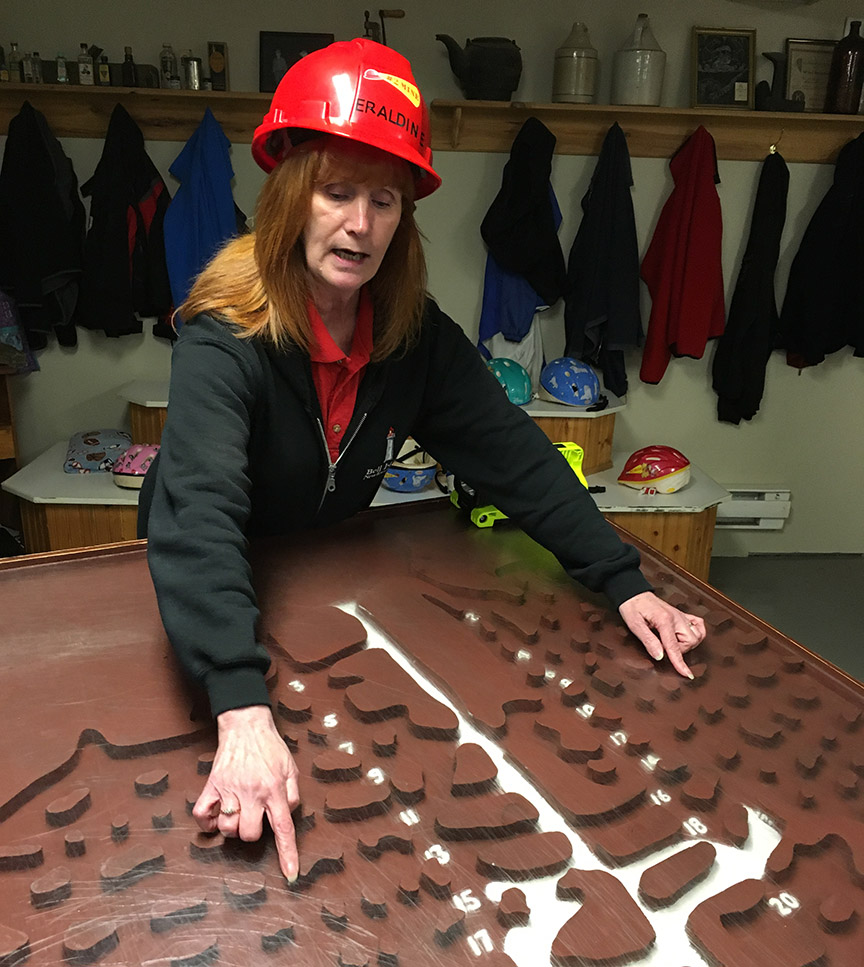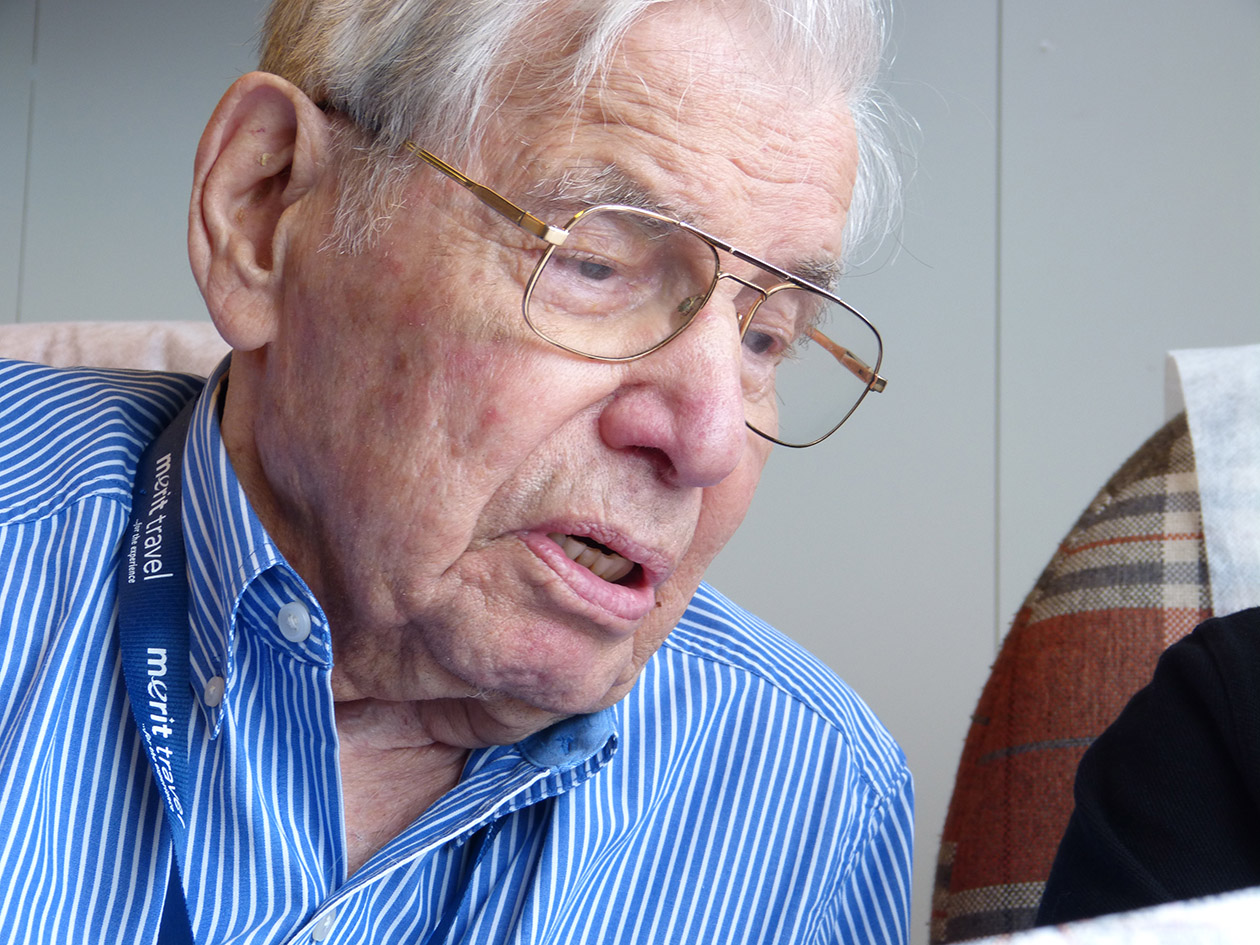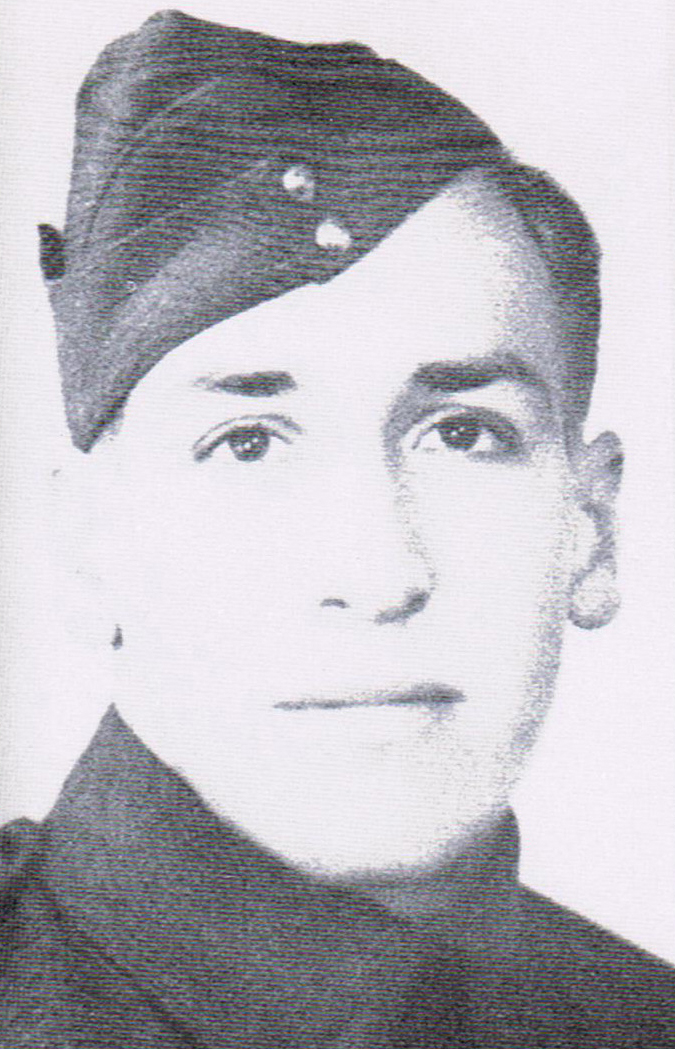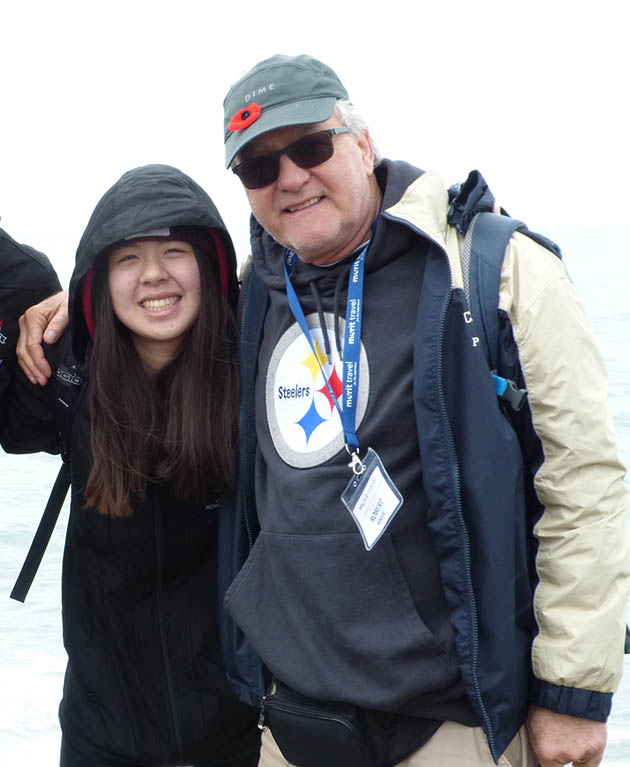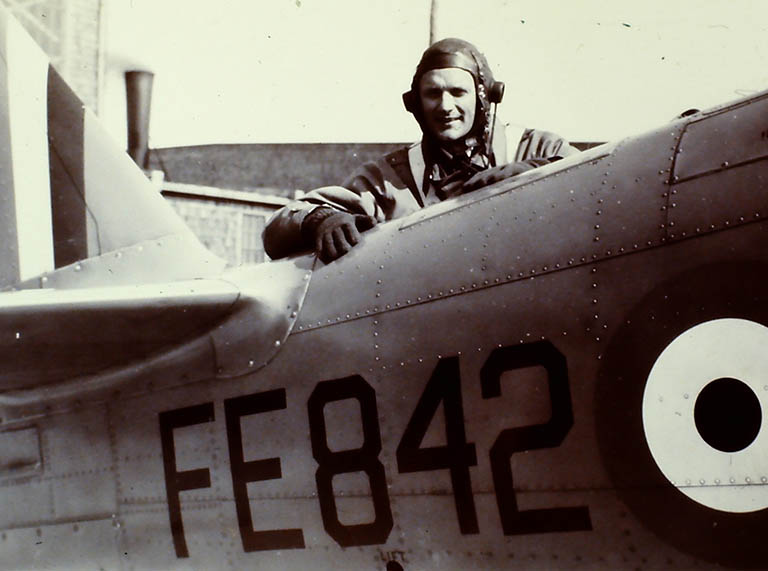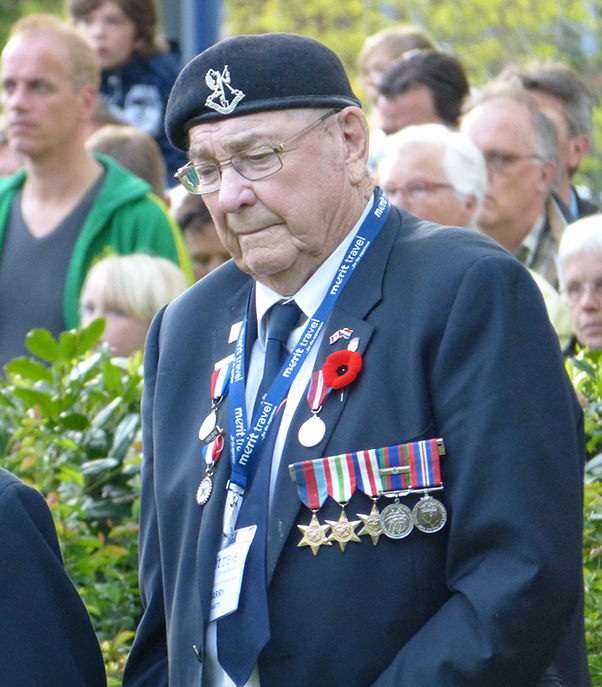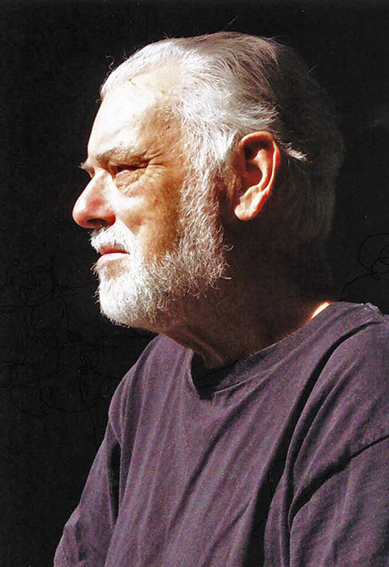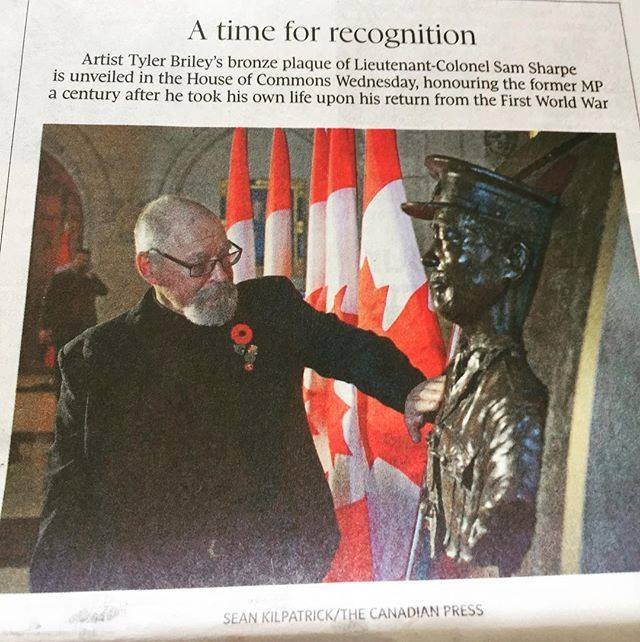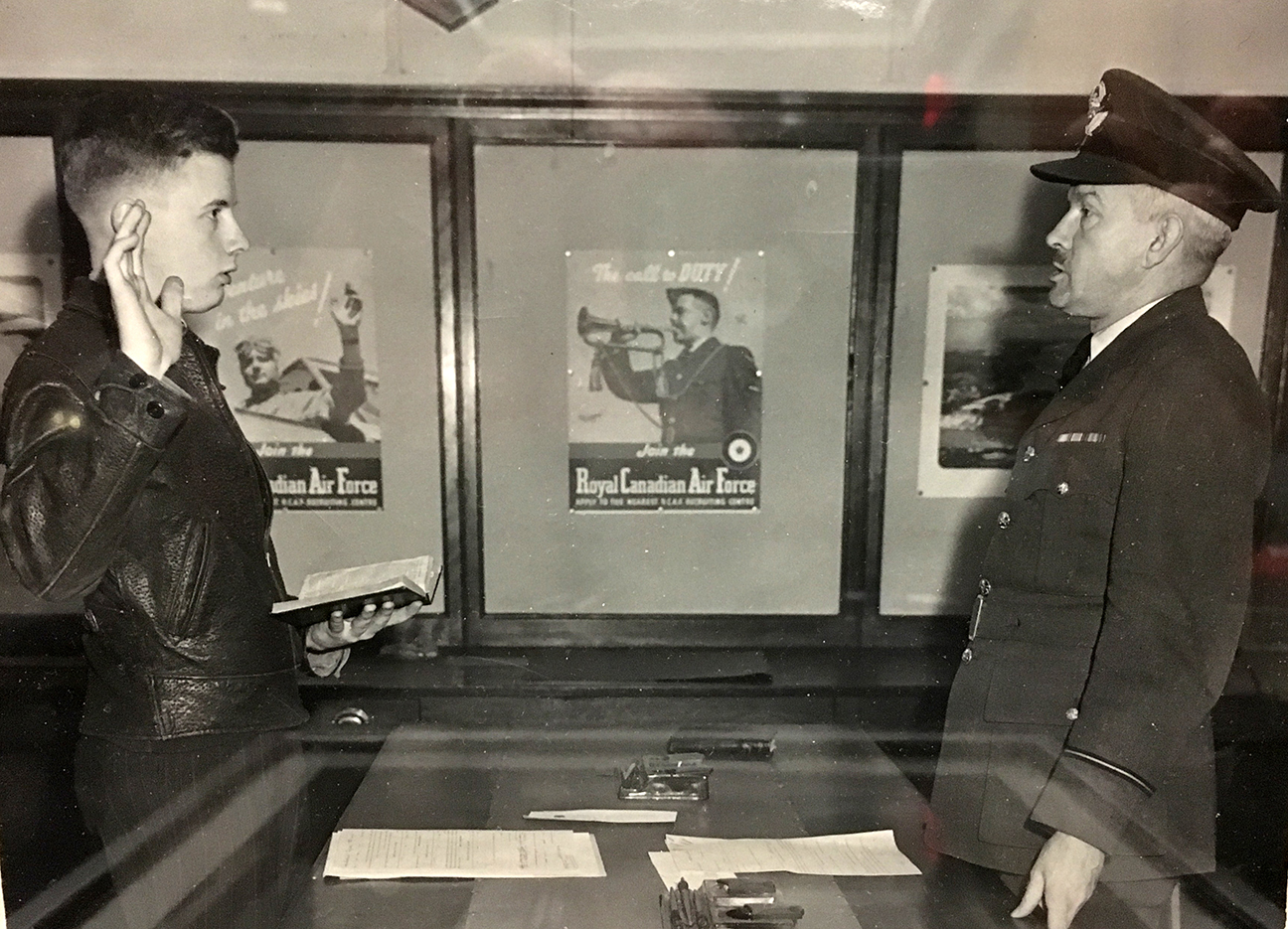
When he turned 18, in 1941, Roger Parliament travelled to a recruiting office in downtown Toronto to join up for wartime service. He’d prepared all his enlistment papers and anticipated vision and hearing tests.
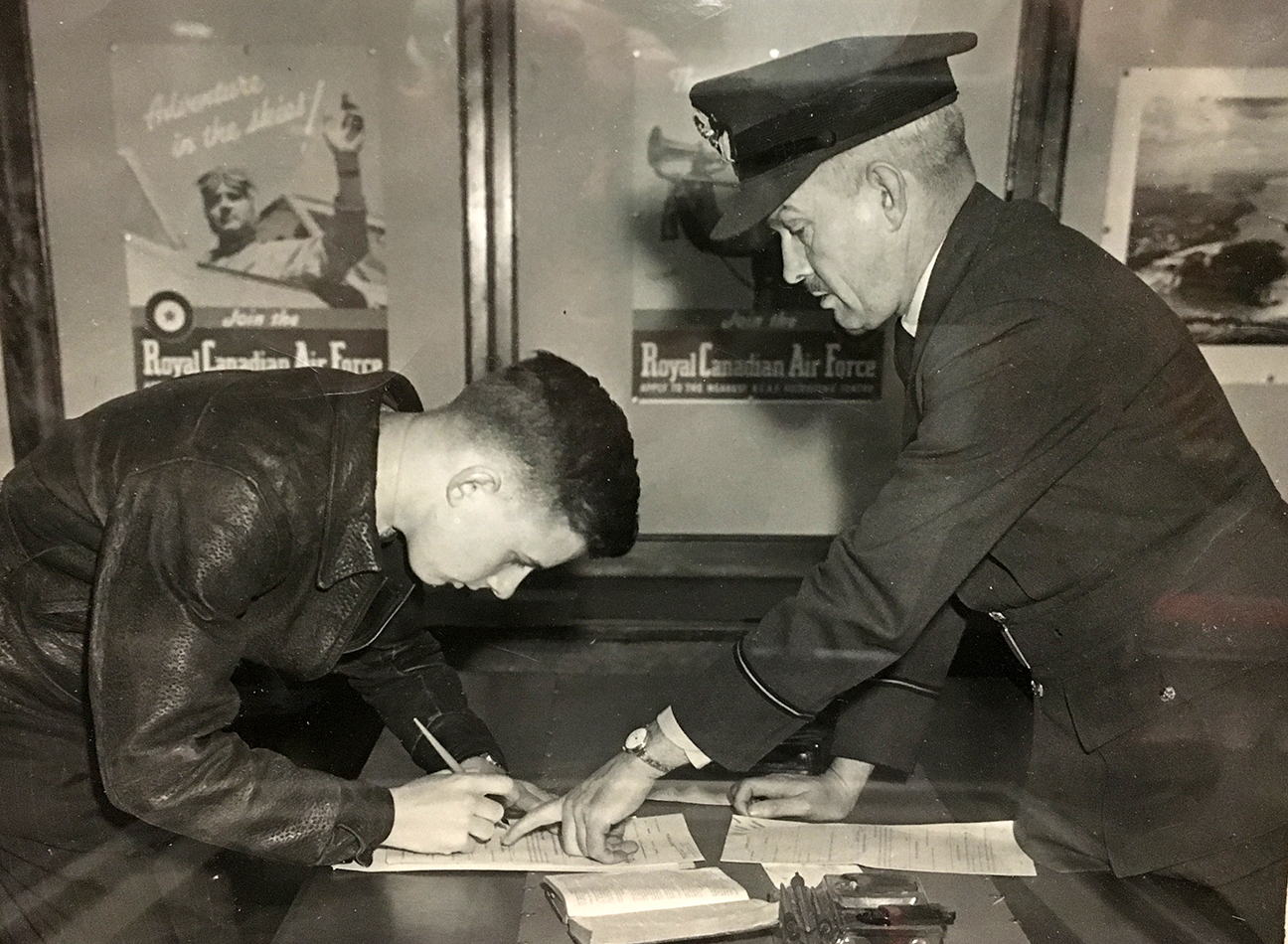
But perhaps the most critical part of his decision to enlist in the armed services occurred when he came before the second-in-command at the recruiting office on Bay Street.
“I’ve decided to join the Air Force,” he told the pilot officer he faced.
Across the table from him was Pilot Officer Garnott Parliament, Roger’s father. (more…)
